A bird chirping outside your bedroom window at sunrise may just be a beautiful sound to you. To the bird itself or another of its species, its song quite likely has a much deeper meaning. How birds communicate is fascinating and in this article, you will discover the many ways in which they do it.
Birds communicate in a myriad of ways. Not only do they sing, but they also use body language, color, movement, percussive sounds, and even the manipulation of their environment such as the elaborate structures built by bower birds. Some aspects of bird communication we may never understand.
Continue reading to discover some amazing facts about how birds communicate. Not only will we look at how they communicate with each other but also how they do it with other animals…even us.
How Birds Communicate With Song
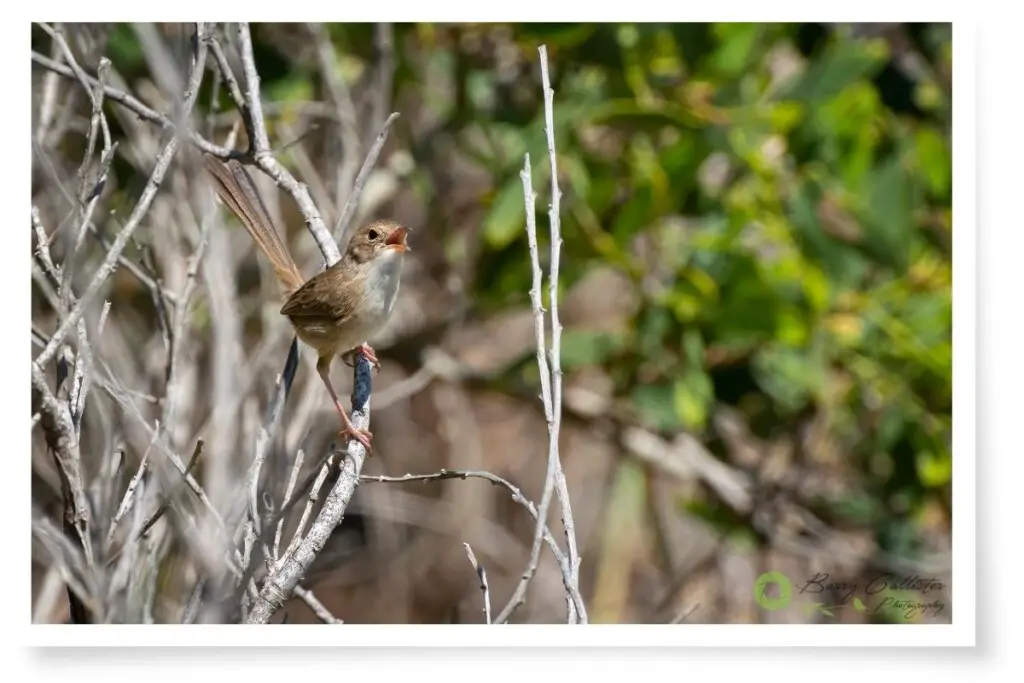
Birds make some of the most beautiful sounds on the planet. They astonish us with their vocal skills. In fact, some bird songs are so complex and audibly rich that our human ears are not even equipped to hear their fine nuances.
A bird’s song is one of its major communication tools. But how are they able to make the amazing array of sounds they make? And what exactly are they saying?
Are you hearing strange bird sounds at night? Find out what it might be in this article.
A Bird’s Vocal Equipment
We, humans, make our sounds with our voice boxes or larynxes. Birds also have a larynx however it is not used to produce sound. Their larynx sits higher up their windpipe and serves as a valve to stop food and water from entering the bird’s lungs.
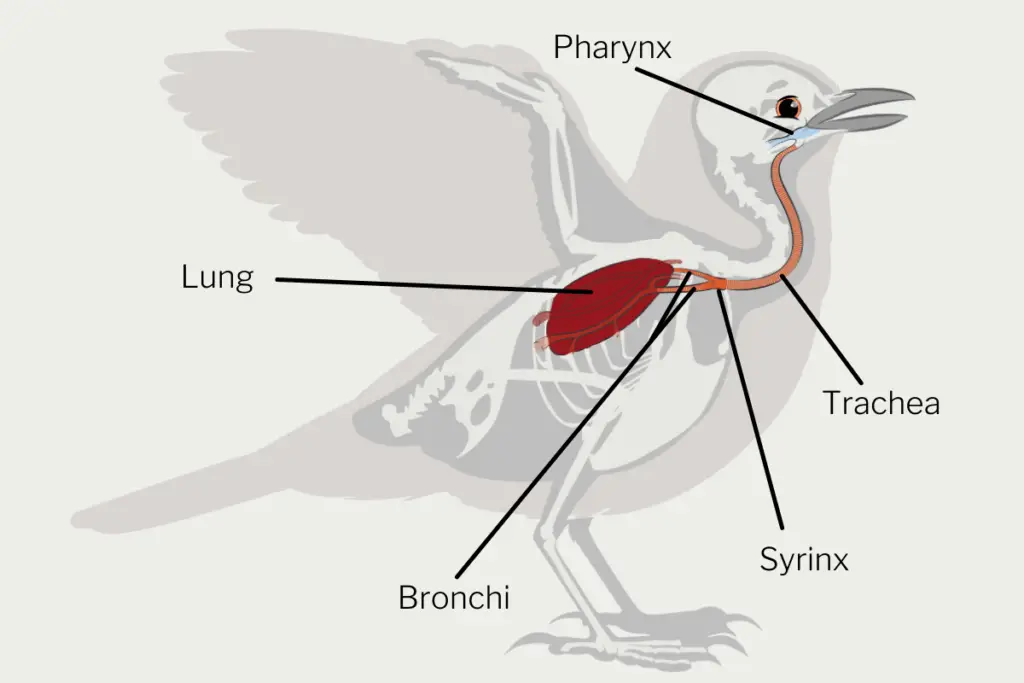
Birds communicate vocally using an organ called the syrinx. The syrinx is a box-shaped organ that sits at the bottom of the windpipe, right where it splits in two to carry air to both lungs. Within the syrinx, there are fleshy lips the bird can use to close one, the other, or both of the openings.
When the bird expels air from its lungs through the syrinx it produces a sound. The bird can control the pitch and quality of the note produced by vibrating each pair of lips independently.
The pitch of notes a bird produces can also be modified by the length of its windpipe. The longer the windpipe, the deeper the sound that can be made.
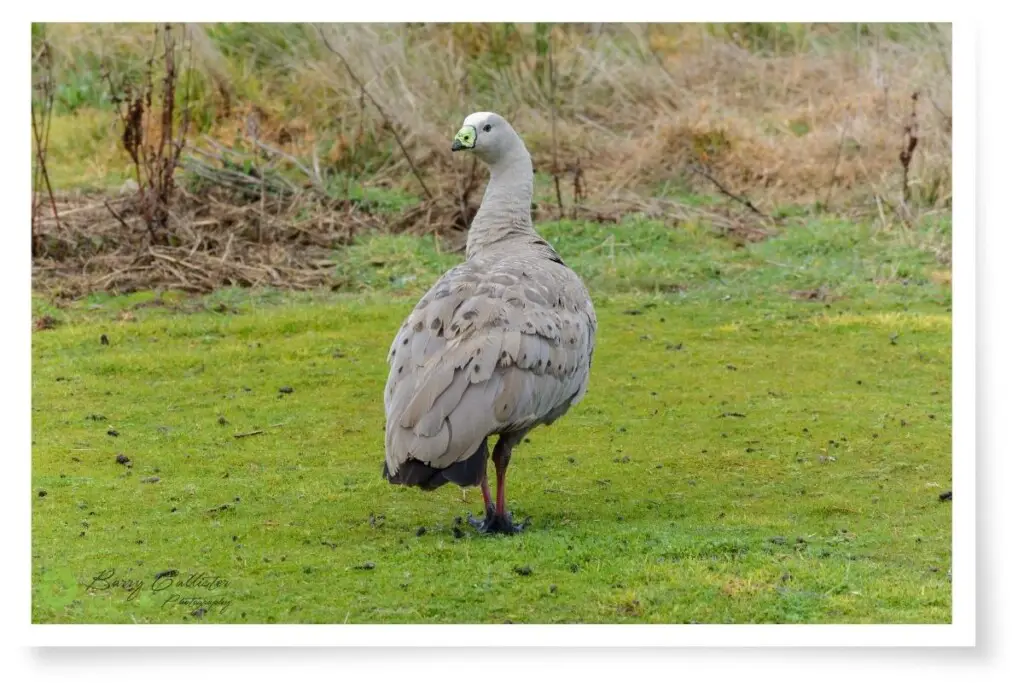
Birds such as Cape Barron Geese are an example of this. These long-necked birds are able to produce quite a deep tone:
Some birds are able to shorten their windpipe at will, thus raising the pitch of the sound produced. Surrounding their windpipes are rings of cartilage connected by muscles. The bird uses these muscles to contract the rings of the windpipe kind of like the bellows of an accordion.

In the image above, you can clearly see the rings of cartilage in the trachea of a chicken.
Hear the calls of 10 common New England birds in this article on the site.
Singing And Breathing At The Same Time
As birds are able to control each tube in their syrinx independently, they are able to breathe tiny breaths in between the notes of their calls. This is how they are able to keep singing for minutes at a time.
Canaries, in fact, make 90% of their sounds with their left tube and use the right tube for breathing.

Different Types Of Vocalizations
Now you know the physics behind how birds make their sounds but what are they saying?
Birds basically have two different types of sounds: songs and calls. A song is generally longer, more complex, and has a musical pattern such as the song of the Australasian Figbird:

The most skilled song-singers in the bird world are Passerine birds (songbirds).
A call is generally shorter, often a single syllable:
When you hear a bird singing, it is most likely a male. Males will sing to announce or defend their territory or to attract a female.
Bird calls can have a multitude of different meanings. Some types of calls are:
Alarm Calls – How Birds Communicate Danger
These are given to indicate the presence of a threat such as a predator. Different species also have variations in their alarm calls that indicate both the size and proximity of the threat. Chickadees are one species that does this.
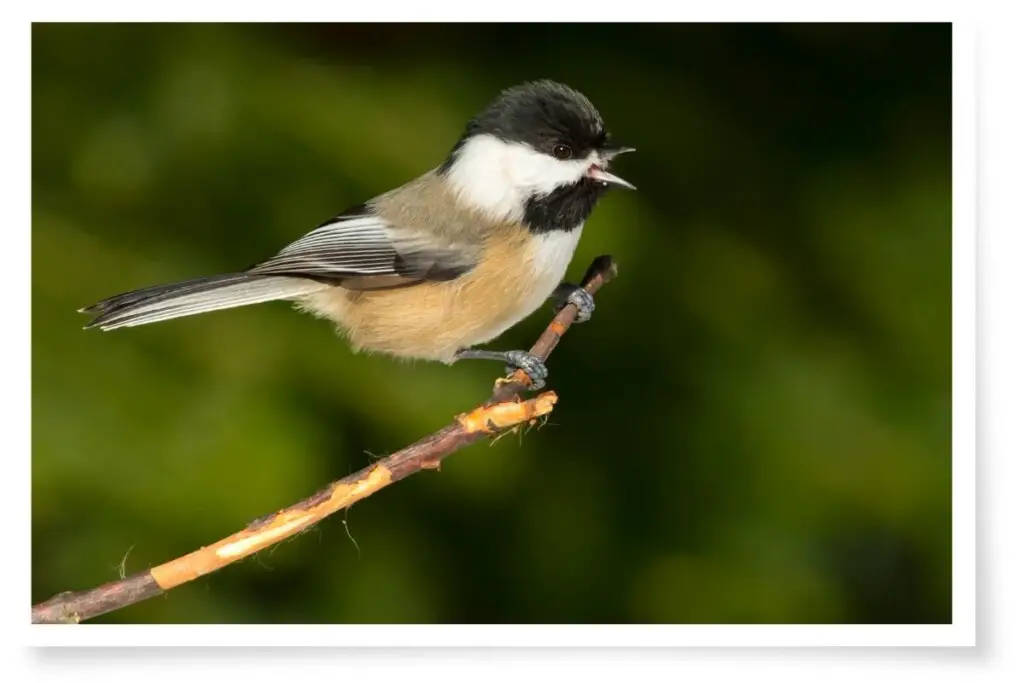
The Black-capped Chickadee in fact has one of the most sophisticated systems of communication of any land animal. Scientists have studied their language extensively and found it to even contain syntax (the arrangement of words and phrases to create sentences).
Hear more Black-capped Chickadee calls in this article.
Contact Calls
These are calls birds make to let each other know where they are. They will often do this when foraging for food. Contact calls are normally short and quiet.

Flight Calls
Many bird species have flight calls that are quite different from their usual calls. Flocking birds such as Blackbirds, Bluebirds, or Waxwings are an example:

Check out David Attenborough’s The Life Of Birds on Prime Video now to learn more about bird communication.
Begging Calls
Begging calls are the “feed me” noises young birds will make to let their parents know they are hungry. These sounds can be similar from species to species and so hard to identify. Pileated Woodpecker chicks have a buzzing, rasping begging call:
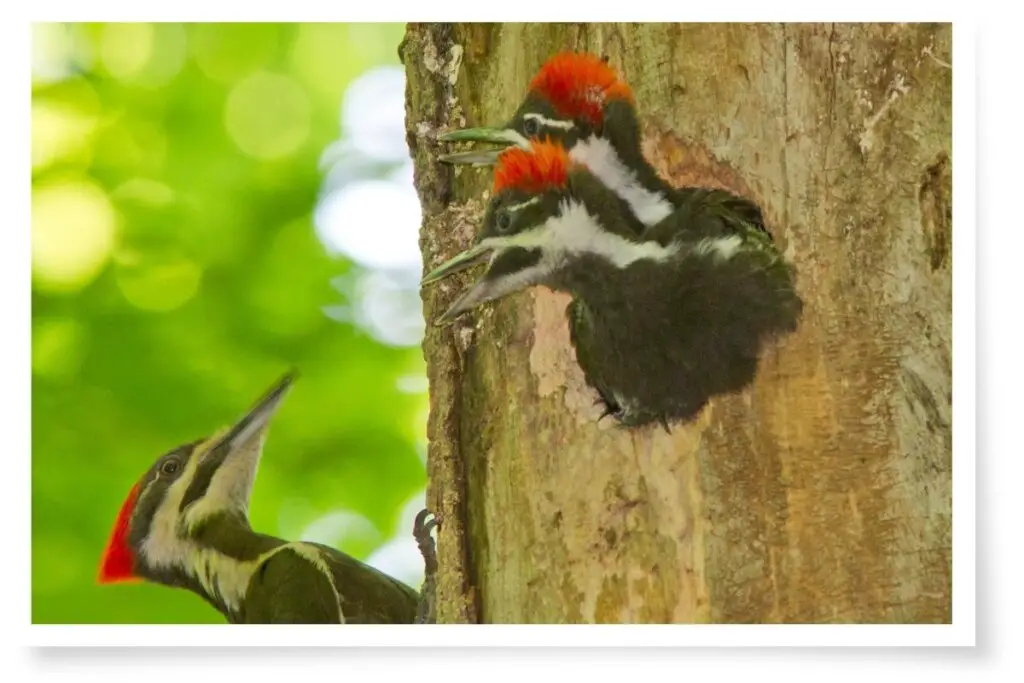
How long do birds stay in the nest? Find out here in this post.
Communicating Without A Voice
Not all birds are as vocally skilled as songbirds. In fact, some birds don’t sing or make sounds very often at all, they communicate in other ways.
One such bird is the dinosaur-like Shoebill from Africa.
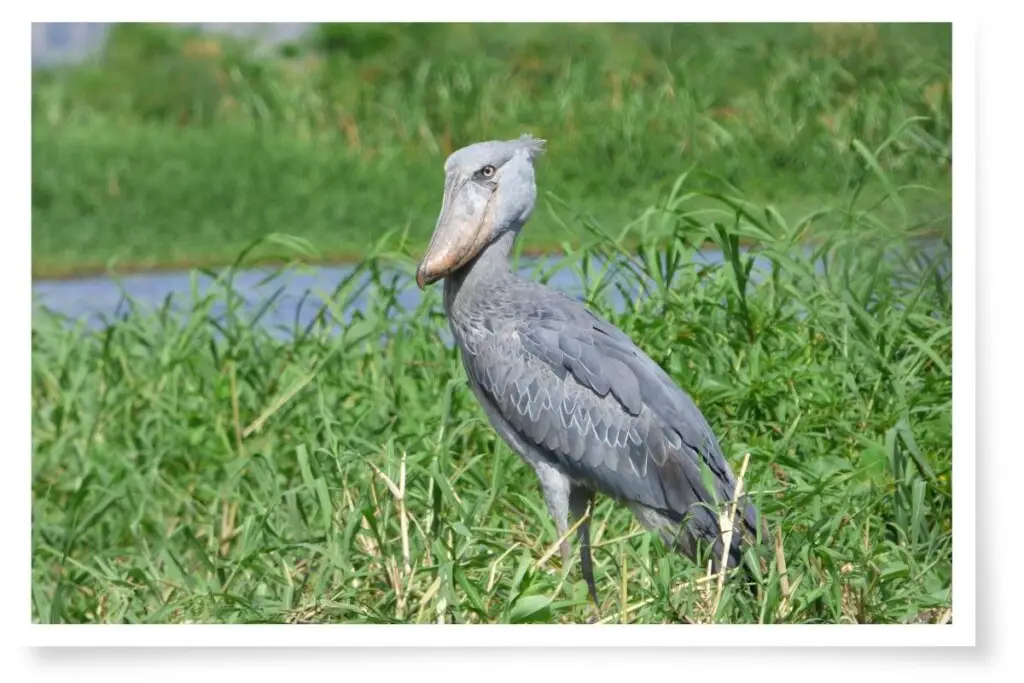
These large birds are usually silent. One distinct noise they do make is a machine-gun-like clicking of their huge bills. Shoebills will make this sound to attract a mate.
New World Vultures such as California Condors do not have voice boxes and so have to communicate using hissing or guttural noise created by expelling air from their lungs and air sacks.
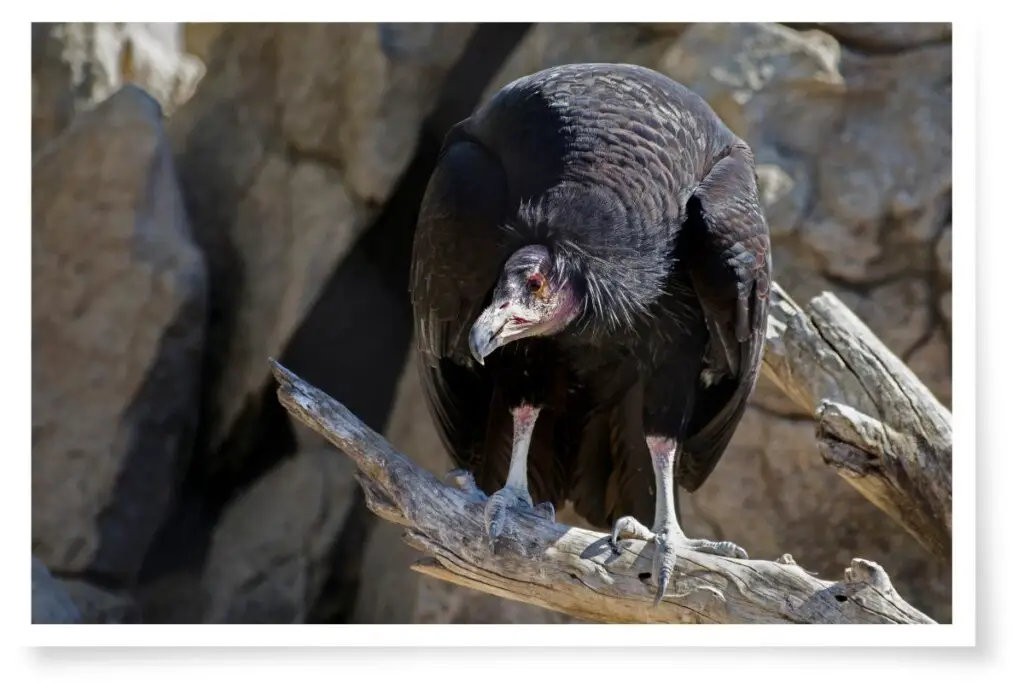
Vultures use sounds like this as warnings or threats to predators or rivals that approach too close to their nests or territories. They will also use their sounds to dictate pecking order when feeding on a carcass.
Using Visual Communication
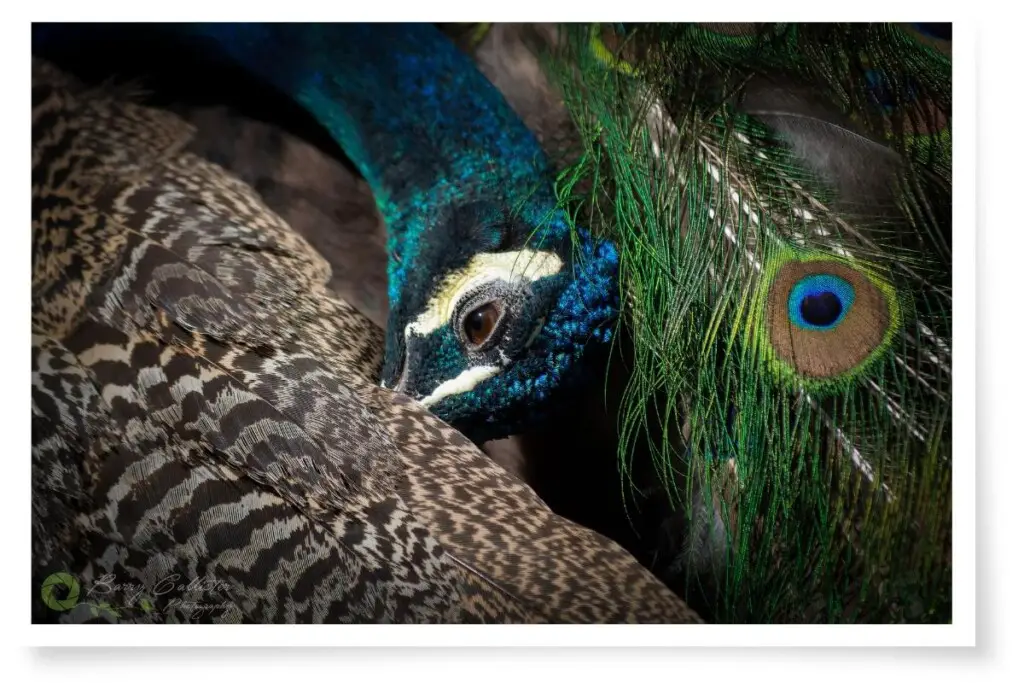
Feathers are not simply tools for flight, they are also an important part of how birds communicate.
With its feathers, a bird can attract a mate, ward off a predator, gain the upper hand with a rival, and even deceive.
There is perhaps no more stunning display of communication than a male peacock with fully spread tailfeathers.
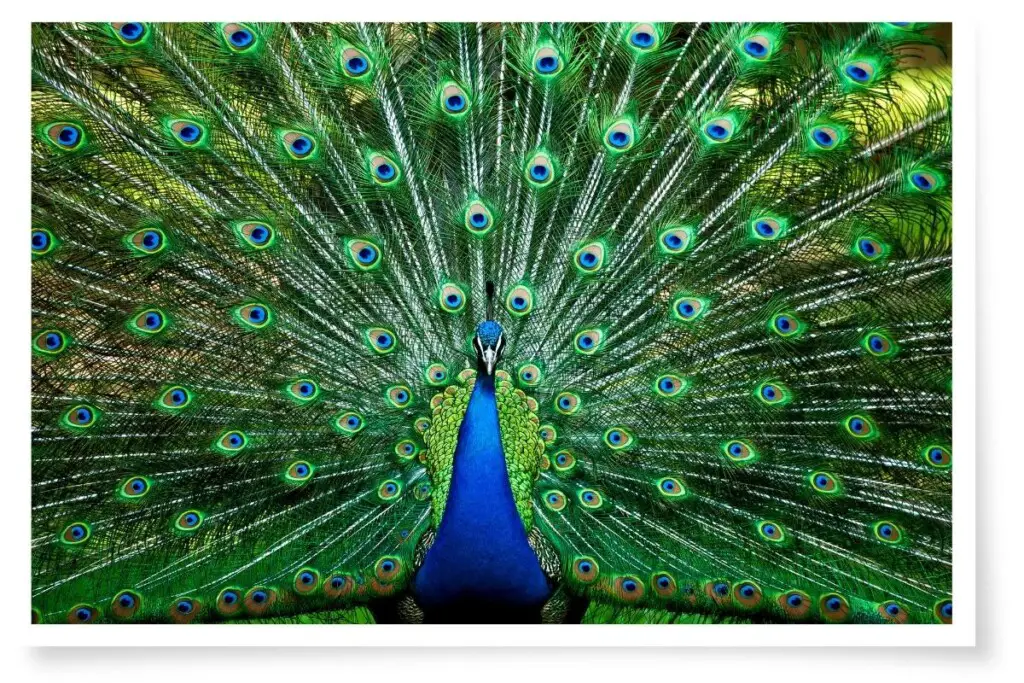
The beautiful colors of birds which we find so appealing and fascinating are actually another way they communicate.
Male Indian Peafowl (peacocks) use their brilliantly adorned tailfeathers to attract a mate. What better way to say “Hey babe, how about it?” than that stunning display of color?!
Other bird species also have markings on their feathers that resemble eyes. The Sunbittern, a medium-sized (43-48cm) bird from the foothills of Central and South America is one such bird.
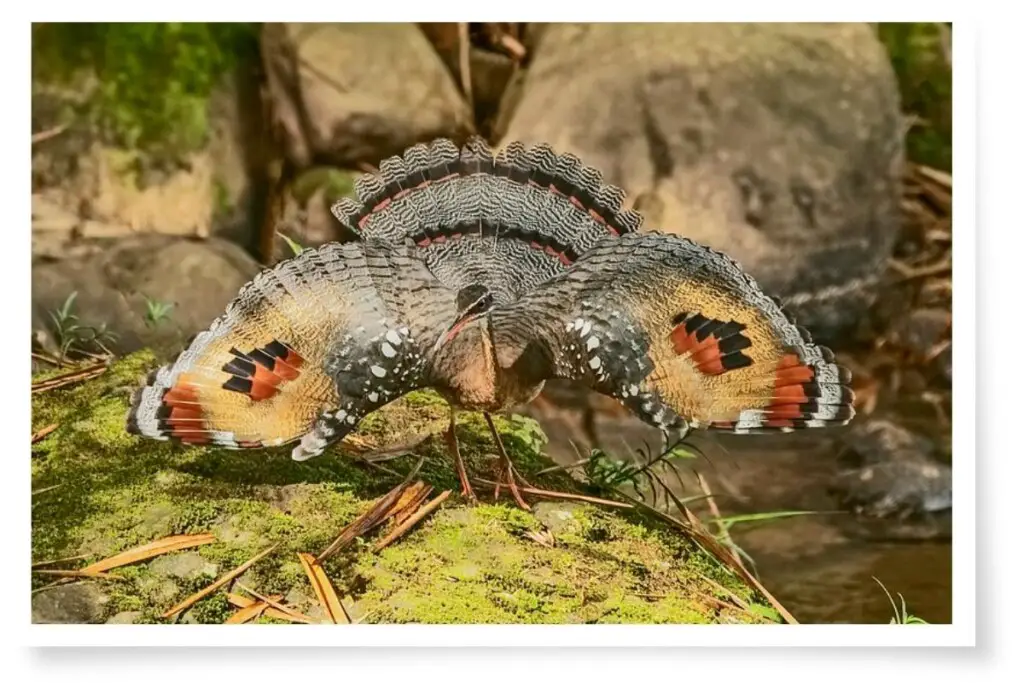
If approached unexpectedly while nesting, sunbitterns will spread their wings and tails to reveal eye-like markings on their wings. If this display does not deter the intruder, the bird will slowly advance, wings outstretched, with such confidence that it appears for all intents and purposes to be dangerous.
By doing this, sunbitterns are deceiving as they are most certainly not dangerous, especially not to animals larger than they are.
Are birds like the Sunbittern fearless or stupid? Find out here in this article.
Tricksters Of The Bird World
The overly-confident display of the sunbittern is naturally employed as a defense mechanism. There are other birds that use deception in similar ways.
The Tawny Frogmouths of Australia are experts in deception, using their feathers to make predators believe they are something they’re not.
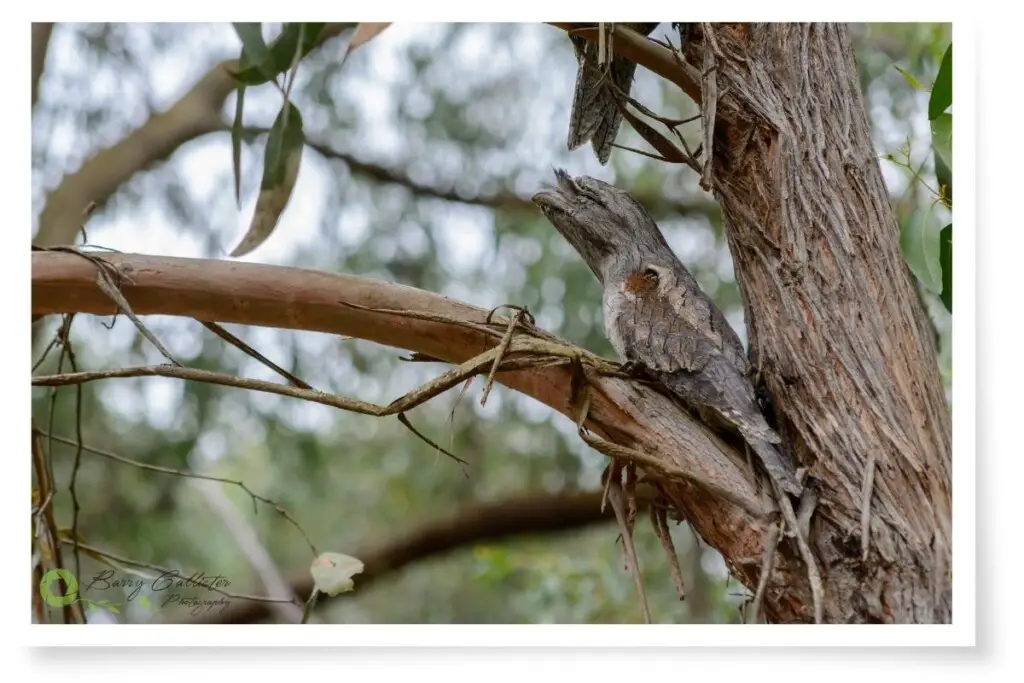
When tawny frogmouths notice a predator approaching, they close their eyes, tip their beaks toward the sky and make their bodies as long and slender as possible.
They will stay like this, perfectly still, using their appropriately colored feathers to blend into the gum tree they are perched in. With this, they are clearly communicating “I’m a stick, nothing to see here.“
Another bird that employs this same trick is the Potoo of South America. You can see the potoo’s blending skills compared to those of a tawny frogmouth in the image below:
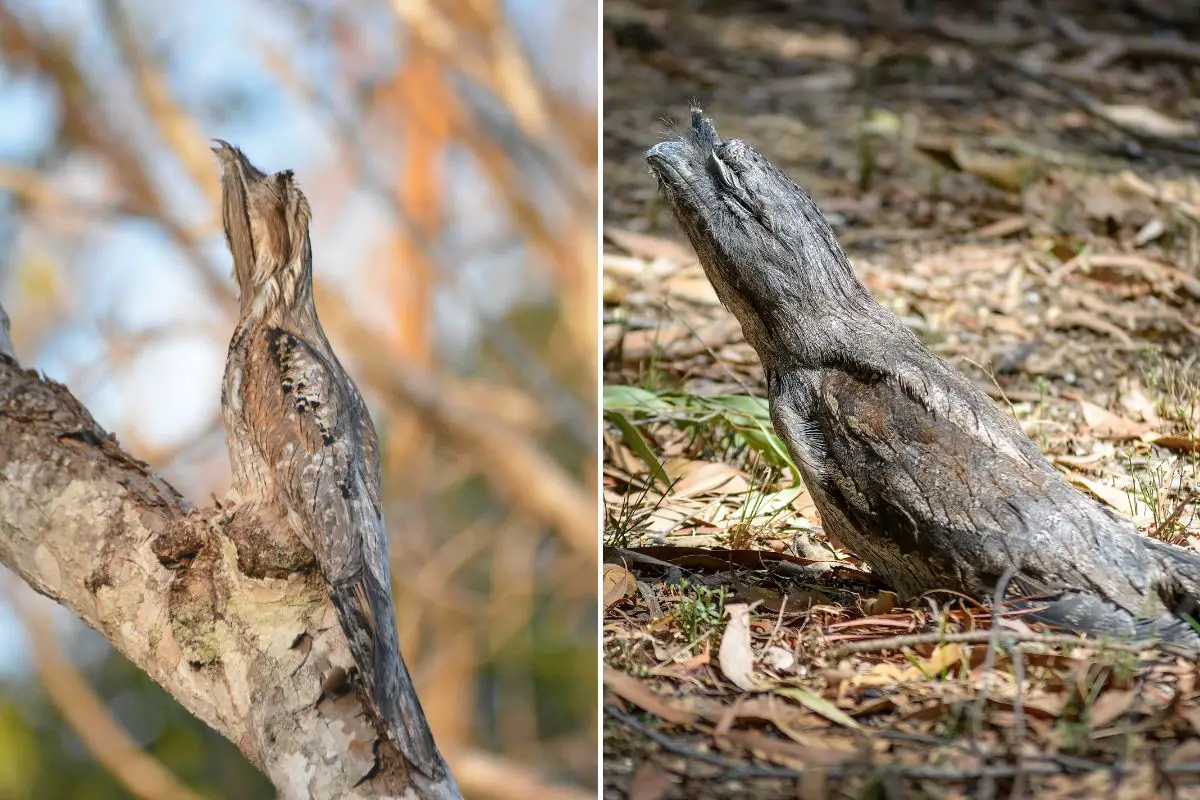
Speaking The Language Of Love
There are perhaps no displays of courtship as stunning and wonderfully varied as those of the bird world. This is definitely an area of communication in which birds excel.
From brilliant displays of color to death-defying aerobatics and choreographed dances; mating in the avian world is beautifully deliberate and ceremoniously executed.
Color Is Key
In many species of birds, during the breeding season, males will develop breeding plumage. This is sometimes extremely colorful, sending a clear message to potential mates. One species where this transformation is astonishingly complete is the Mandarin Duck.

The male mandarin duck in the image above is in what is called eclipse plumage. This is a dull plumage similar to the female which the male will molt into after the breeding season is over.
To see a male mandarin duck in full breeding plumage, you would not even think they are the same species:
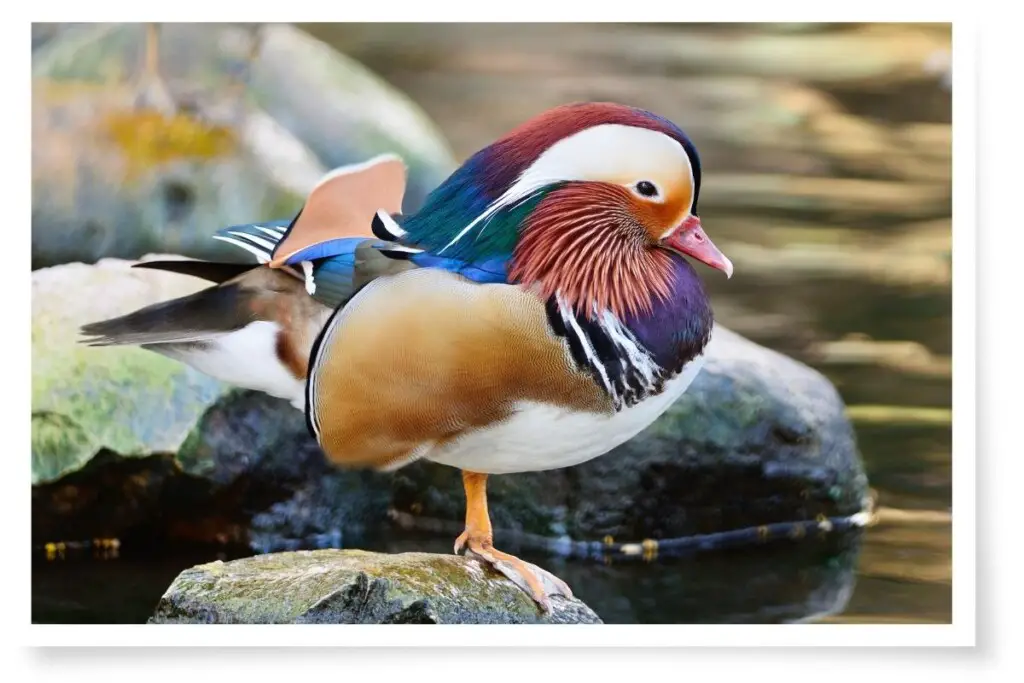
The Dance Of Devotion
There are however bird species where the females and males are similar in color. How do these birds impart signals of mating? Well…they dance.
Perhaps no species does this quite so impressively as the Western Grebe. These waterbirds inhabit freshwater lakes and marshes in Canada, North America, and Mexico. Their courtship display is a dance like no other:
Falling In Love
How birds communicate before mating can be extreme. Bald Eagles for example quite literally “fall in love” with each other.
To test each other’s worthiness for mating, a male and female will fly to a great height, lock talons, and then cartwheel toward the earth together. They only release their hold at the last second before impact.
This ritual possibly tests the commitment of both birds to the relationship and tests their potential to produce strong offspring. Birds do die during this courtship display so it really is the ultimate test.
How Birds Communicate With Other Animals
Birds don’t just communicate within their own species, they also relay information to other bird species, animals, and even humans.
Honeyguides are small thrush-like birds that live in Africa and Asia. They eat insects as most thrushes do however, they also have a taste for beeswax. In fact, they are the only known animals that can digest wax.
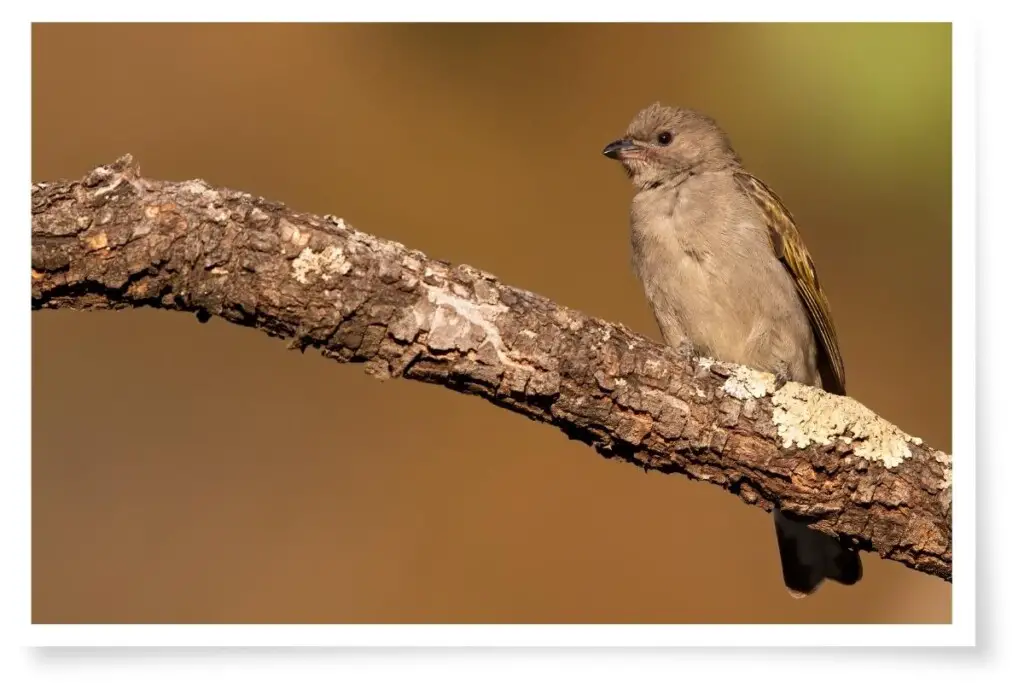
Some African bees construct their hives in holes in trees or in deep crevices between rocks where Honeyguides can’t reach. For this, they enlist the help of a Ratel, also known as an African Honey Badger.

When a ratel enters the territory of a honeyguide, the bird will fly down to a perch near the badger and utter a specific call. The ratel will grunt a reply and amble towards it. The honeyguide then flies off toward the location of a beehive, stopping occasionally to signal with a call or flickering of its tail for the badger to catch up.
Upon reaching the hive location, the bird flies up to a higher perch and gives a different call to signal the hive is close by. When the ratel finds it, it will start digging, clearing an opening for the honeyguide.
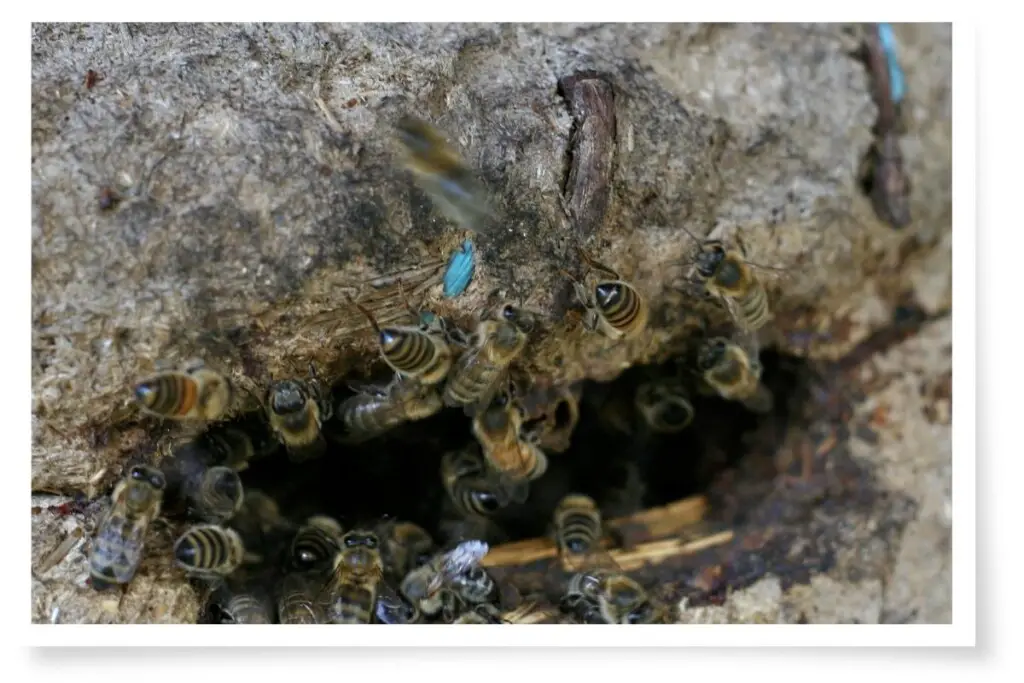
Not only does the honey badger excavate an opening for the bird to make use of, but it also gets rid of the angry bees. Ratels secrete a foul-smelling substance from glands beneath their tails. People who have smelt this describe it as unbearable and obviously, the bees agree as they leave the hive quick-smart.
Honeyguides are also enlisted to aid the Boran people of northern Kenya to find honey. Boran honey-hunters know how to call the birds using a hollow seed, a shell, or their thumbs. Once a bird shows up, the same game of follow-the-leader ensues with the bird eventually leading the hunter to honey.
Are birdwatchers weird? This article here on the site will give you the answer…
Overcoming The Language Barrier
Many species of birds will feed in common areas. Generations of different species that have done this have learned to interpret each other’s calls.
Birds such as Tits, Thrushes, and Finches that feed together will all react to the alarm call of one bird that might spy a hawk overhead. It doesn’t matter which species gives the call, they have all learned that a short, high-pitched ‘seet‘ signals a danger that needs to be hidden from.
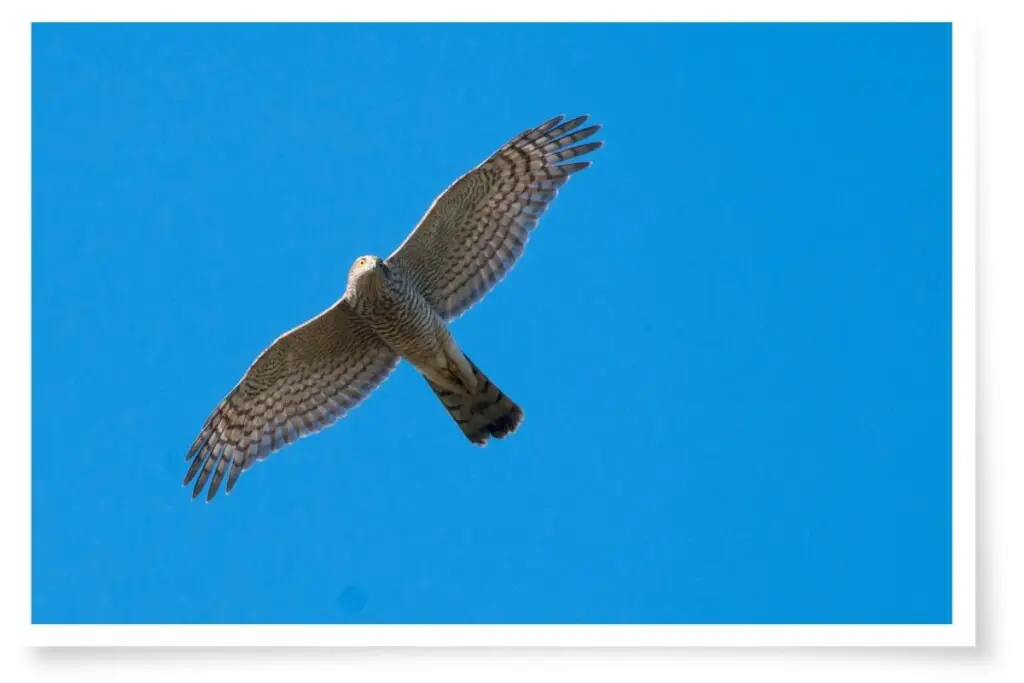
Perhaps they do this in the same way we recognize fear or danger in the tone of another person’s voice.
Using The Environment To Communicate
Certain bird species also know how to communicate using their environment. The masters of this would have to be Bowerbirds.
The males of these industrious little birds of Australia and Papua New Guinea all build bowers. A bower is an elaborate structure made from twigs, which they decorate with various colored things to impress females.

Items such as flowers, fruits, snake skins, bottle caps, and various plastic things are often used for decoration. The male will use objects of colors that the female prefers and will meticulously tend to their bower to ensure it is perfect and more impressive than any nearby rivals.

A male bowerbird’s work is not done after the bower is complete. Once the bower catches the eye of a female, the male must also perform a dance in a last-ditch attempt to impress her and be given a chance to mate.
Some males go through all this trouble and fail to mate with a single female in a breeding season. Tough crowd?!
In Summary
I could sit here on this keyboard and type for weeks and weeks about bird communication. More is understood now about bird behavior and language than ever before and yet we still have so much to learn.
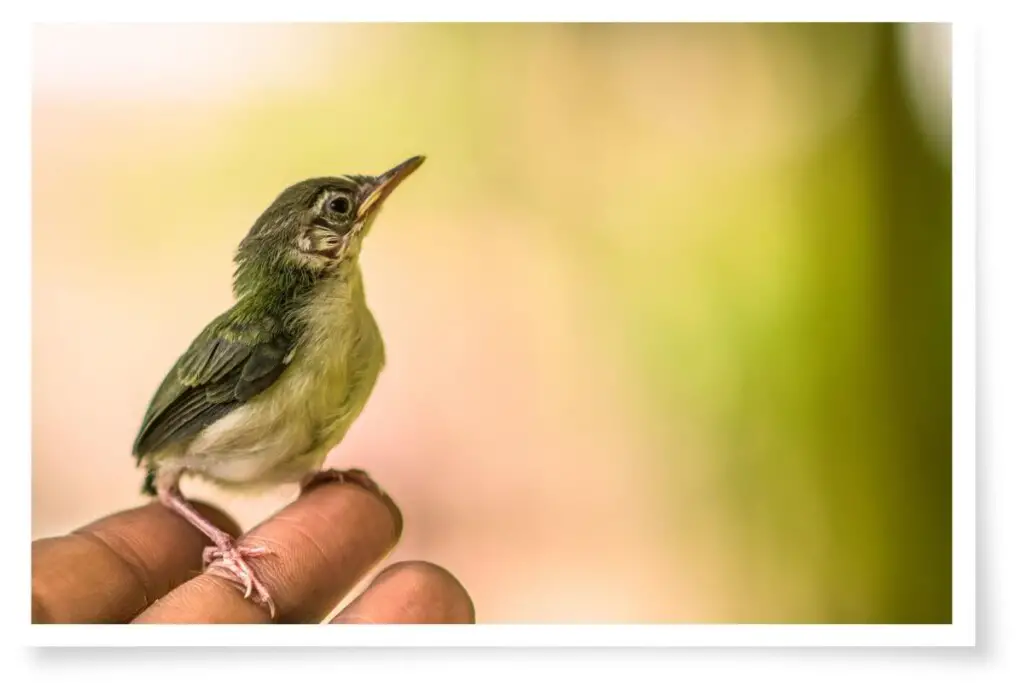
A lot of what we understand is assumed; we may never know the true meaning behind how birds communicate and perhaps we don’t need to.
For me here at Birdwatch World, it is enough just to observe them and enjoy their intriguing and remarkable behavior.
Perhaps if we can learn to let go of our innate curiosity we may find an appreciation for birds we never thought possible…
References
- Birds Of The World – The Cornell Lab Of Ornithology
- The Life Of Birds – David Attenborough
